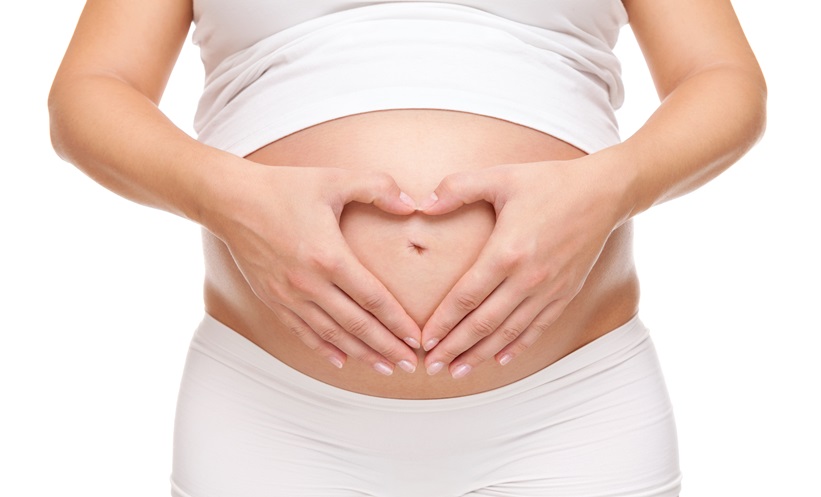BACKGROUND AND AIMS
A number of findings in animals and some in humans support the notion that plasticity of the (epi)genome allows adaptation to environmental changes, resulting in altered genetic programming and phenotypic changes in the offspring. In this regard, a new paradigm was introduced: the paternal origins of health and disease (POHaD).1,2 This theory explains how the paternal germ line may respond to environmental traits and how this may affect offspring health.
MATERIALS AND METHODS
There are significant associations between urinary levels of metabolites originating from exposures to indoor pollutants, such as flame-retardants or mixtures of endocrine disruptors (EDCs), and alterations in epigenetic patterns at differentially methylated regions of several imprinted genes in sperm of young males.3 In brief, the data suggested that males exposed to mixtures of EDCs acquire DNA methyl groups at sites that are normally only methylated in the oocyte, but not in sperm cells. This ‘feminisation’ of epigenetic patterns in sperm (due to exposure to EDCs) needs further exploration.
Next, the author found that sperm cells of males who are obese or with an unhealthy lifestyle (such as frequent consumption of fatty foods) have a different epigenetic signature at the level of imprinting control regions, compared to sperm of males with a healthier weight or males with a healthy diet (including whole grain bread, vegetables, etc.).4 This is consistent with findings in animal experiments. For instance, diet-induced epigenetic changes in rodent sperm have been linked to fertility issues in the exposed fathers or metabolic disturbances in the next generations.5-7
RESULTS
Although epidemiologic studies indicate that epigenetic signatures from fathers (who are obese) can be inherited,8,9 it is currently unclear if these paternally induced effects on gene-regulation are to the extent that children will develop a chronic disorder in later life. The author’s first studies show that the affected genes (by environmental exposures) are important in regulation of early growth. Hence, the author further explored potential effects of the father on embryo growth, through a prospective in vitro fertilisation study cohort.
While studies on influences from extrinsic exposures are still ongoing, the author’s first data show that an intrinsic exposure factor, such as ageing, may affect the embryo epigenome and its growth. In the in vitro fertilisation cohort, the author measured that older fathers are less likely to produce embryos with an optimal number of blastomeres.10 This effect was seen regardless of maternal age. It is known that ageing affects the integrity of germ cell DNA, but the author hypothesises that the sperm epigenome machinery may also encounter ‘defects’ due to ageing or due to paralleled effects from chronic exposure to a harmful environment throughout life.
Further research is warranted to better understand these observations. More epidemiologic studies are needed in other populations of males and future fathers. If this POHaD hypothesis can be confirmed, and a male’s environment and age play an important role in his fertility and offspring health, it is important to inform clinicians. Patients need to be instructed about potential harm of their lifestyle (or age) to prevent development or worsening of health-related issues. Policy makers should inform the general public, increasing the awareness of potential consequences when delaying fatherhood, for instance. Furthermore, research is needed in the field of occupational epidemiology. It is yet unclear whether some occupational exposures in men before conception affect the sperm epigenome, and subsequently, offspring health.
CONCLUSION
In conclusion, the impact of the environment of future fathers cannot be ignored. Next to current precautions in pregnant females, the author believes there is an urgent need to include a male-focused strategy in future research and health policy plans.








